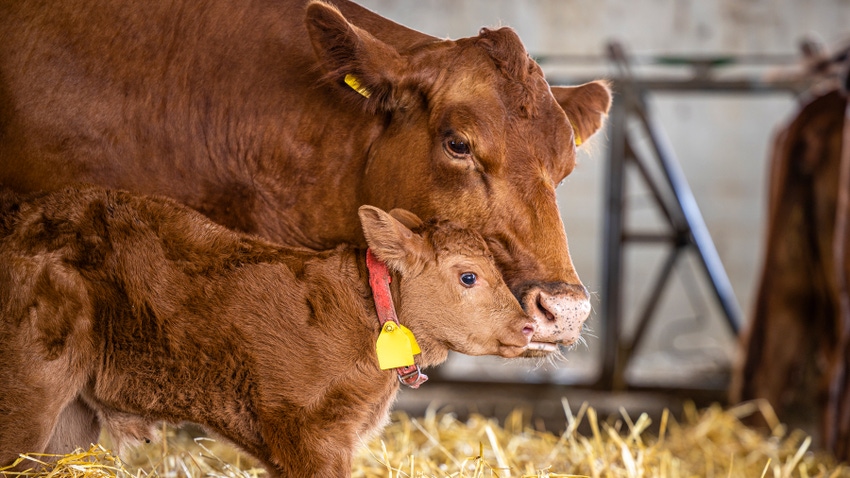February 22, 2023

by Dean Kreager
How many times have you heard that it’s never too early to start planning? Look at all the things we spend a lot of time planning for that quickly go by, and when the event is over, we have little to show for our efforts.
Don’t our breeding programs deserve more attention to details? If we are not able to get live calves on the ground in a timely fashion, we miss the opportunity to earn money.
A successful breeding season will provide calves born early in the calving season. This maximizes the pounds of calf at weaning time and improves the likelihood the cows will breed back early the next year.
At weaning time in today’s market, a calf that is 30 days younger will weigh about 60 pounds less. This will amount to a lost value of about $75 to $100 per feeder calf. The breeding season also provides the opportunity to improve the genetic base in your herd through selection of AI sires or natural service bulls that can improve weaknesses in your herd.
Whether you start breeding in two months or five months, the time will be here before you know it. Consider the following areas in your plans:
Sire selection. Look at your goals for the calves that will be born. Do you need replacement females, maximum growth, carcass value, or is there something else you are looking for? Use the tools available to maximize your genetic potential.
Expected progeny differences are a great tool to select sires that will best help you meet your goals. If these EPDs are enhanced by genomic testing, the accuracy is greatly improved. The same principles hold true whether you are selecting a new herd sire for natural service or frozen semen for AI service. Start early to give yourself enough time to locate a bull or have frozen semen delivered.
Breeding soundness exam. More than 90% of beef herds rely on natural service for breeding. The breeding soundness exam evaluates semen quality of a bull. These exams are valuable but underused. National statistics show that less than 20% of farms with fewer than 50 cows use this exam.
While this test does not guarantee pregnancies, it will alert you to bulls that have poor or questionable semen characteristics. For less than $100, catching a potential problem before it happens can save your calving season.
From the example above, that is just the difference in value of one calf being born one month late. This test should be conducted about 60 days before each breeding season. Check with your veterinarian. If yours does not do this test, they can point you in the direction of someone that does.
Feed to breed. Reproduction ranks low in importance in a cow. The cow will first use the energy in her feed for maintenance, growth and production before it goes to reproduction. Typically, we are trying to breed a cow at the same time she is near peak milk production. When a cow is breaking down her body reserves to maintain milk production, reproduction will suffer.
Feed good quality hay during this time and consider supplements if the hay is not high enough quality on its own. The only way to know how good the hay is utilizing a forage test. Your local Extension educator can guide you through the process.
If the cows are out on pasture at the time you are breeding, remember that the early-season forage may look great, but it is fast-growing and high in moisture. The energy available in it may still be below the needs of the cow. A little supplement may be beneficial for getting the cows cycling and pregnant.
Tracking body condition scores on the cows can be useful. Cows with scores below 5 will likely be delayed breeders.
Mineral supplementation also is important. A quality free choice mineral can help maintain the balance of phosphorous to calcium, as well as supplying the other minerals that are important to reproduction. Meeting mineral needs is important for health and reproduction.
Vaccinations. Ideally, vaccination programs will be up to date at least 40 days before the breeding season. Vaccinating at the same time you are synchronizing or breeding cows may seem like a timesaver but may be hard on breeding success.
The reproductive system needs to be able to recognize a pregnancy and not decide it is a foreign body. Stimulating an immune response with a vaccine at the time of breeding could potentially be a risk to establishing a pregnancy.
Kreager is the OSU Extension Educator for AgNR in Licking County. He is also a member of the OSU Extension Beef Team that publishes the weekly Ohio BEEF Cattle letter, which can be found at beef.osu.edu.
Read more about:
ReproductionYou May Also Like




